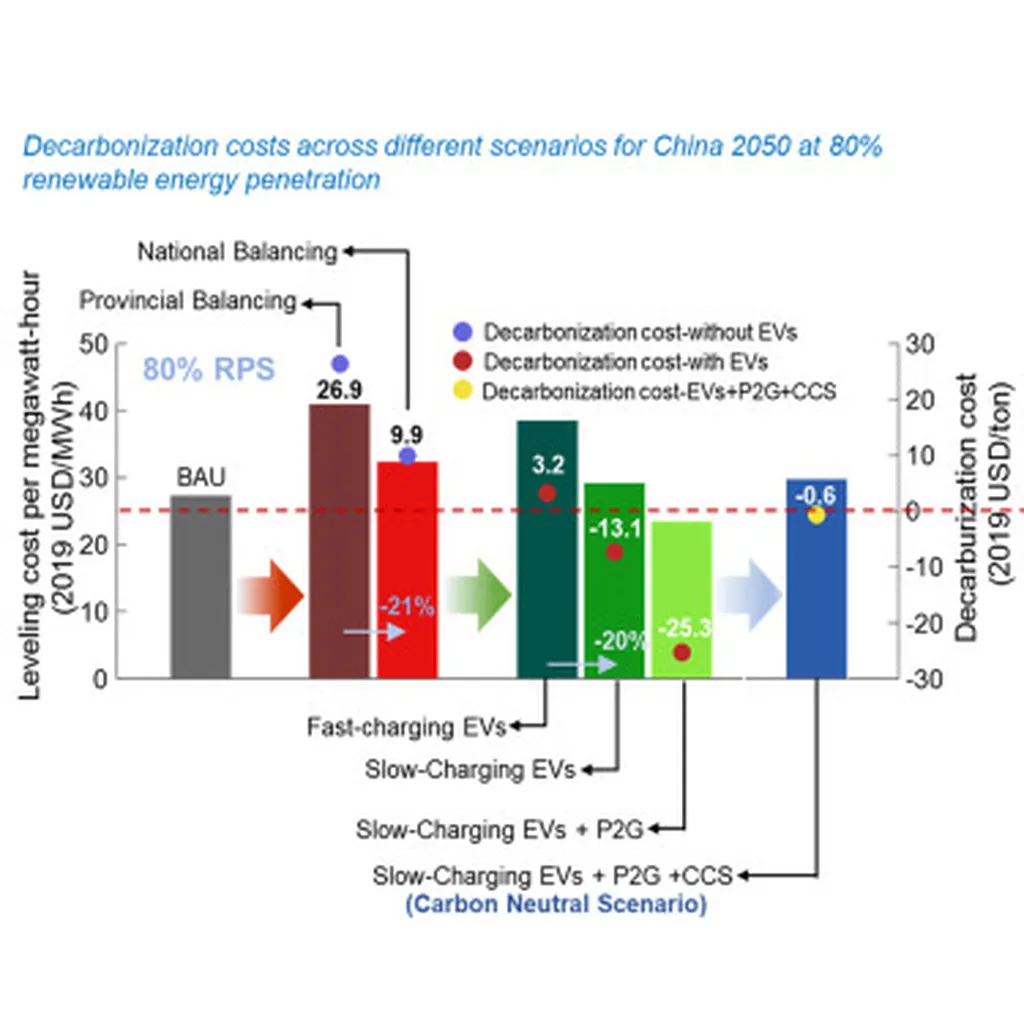In the quest for more efficient and sustainable energy systems, researchers have made a significant stride by addressing a longstanding challenge in integrated energy systems (IES): the mismatch between energy supply and load demand due to varying inertia effects among multiple energy sources. A recent study, published in the journal *Energies* (translated from the original title), led by Huiqiang Zhi from the State Grid Shanxi Electric Power Company Electric Power Research Institute, presents a novel two-stage operation optimization model that considers multi-dimensional thermal inertia.
The research tackles a critical issue in the energy sector: the inability of traditional systems to seamlessly integrate diverse energy sources with different response times. “The difference in inertia effects among multiple energy sources can lead to significant inefficiencies and increased costs,” explains Zhi. To mitigate this, the team designed an intelligent adaptive solution method based on a time scale-model base, which dynamically adjusts to the varying thermal inertia of different energy sources.
The study’s findings are promising. In a comparative analysis, Scenario 2, which employed the new optimization model, demonstrated a 15.3% reduction in CO2 emissions compared to Scenario 1. Additionally, it showed a 19.7% decrease in purchased electricity and a 20.0% reduction in purchased electricity costs. These results underscore the potential of the new model to enhance the efficiency and sustainability of integrated energy systems.
The optimization process is divided into two phases: the day-ahead phase and the intraday phase. For the day-ahead phase, the genetic algorithm (GA) proved to be the most effective, while the particle swarm optimization (PSO) algorithm excelled in the intraday phase. Notably, the PSO algorithm can produce optimization results in just a few minutes, making it highly suitable for real-time adjustments.
The commercial implications of this research are substantial. As the energy sector increasingly shifts towards renewable and hybrid energy storage systems, the ability to optimize operations considering multiple thermal inertia becomes crucial. “This research provides a robust framework for enhancing the performance of integrated energy systems, ultimately leading to cost savings and reduced environmental impact,” says Zhi.
The study’s innovative approach and promising results could shape future developments in the field. By addressing the inertia mismatch among energy sources, the new model paves the way for more efficient and sustainable energy systems. As the energy sector continues to evolve, such advancements will be instrumental in meeting the growing demand for clean and reliable energy.
In conclusion, the research led by Huiqiang Zhi represents a significant step forward in the optimization of integrated energy systems. By leveraging advanced algorithms and considering multi-dimensional thermal inertia, the study offers a compelling solution to a longstanding challenge in the energy sector. As the world strives towards a more sustainable future, such innovations will be crucial in shaping the energy landscape.

